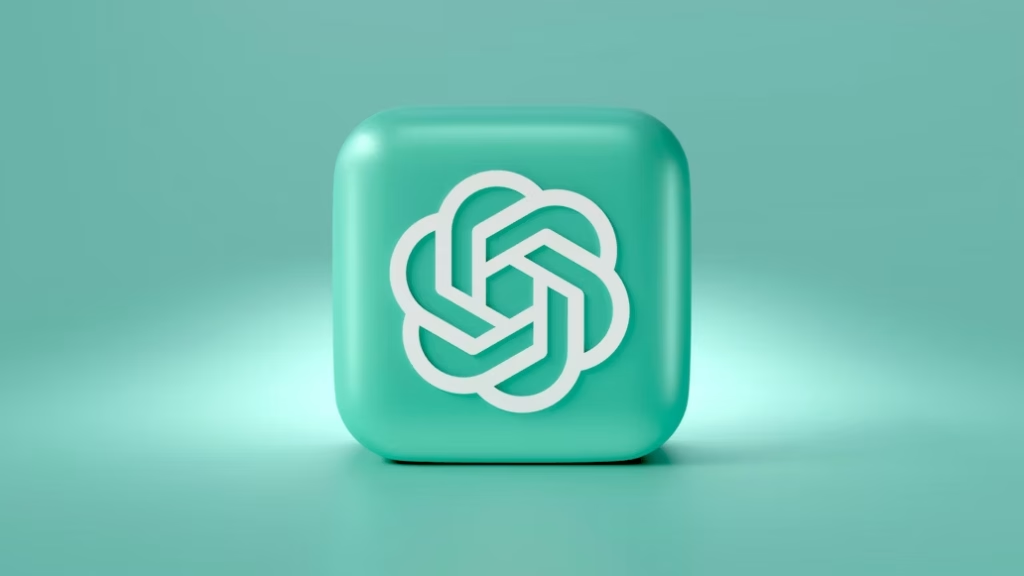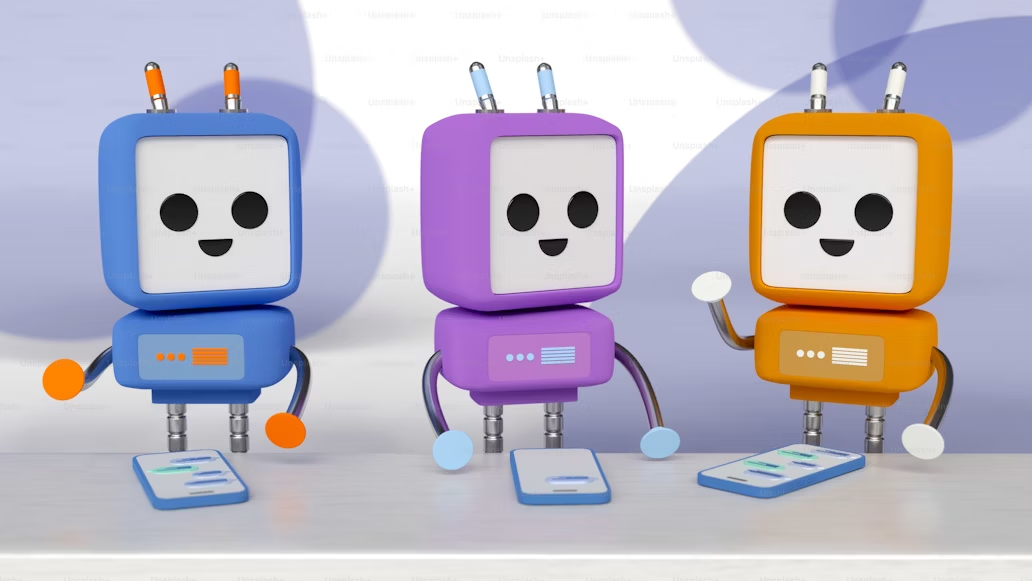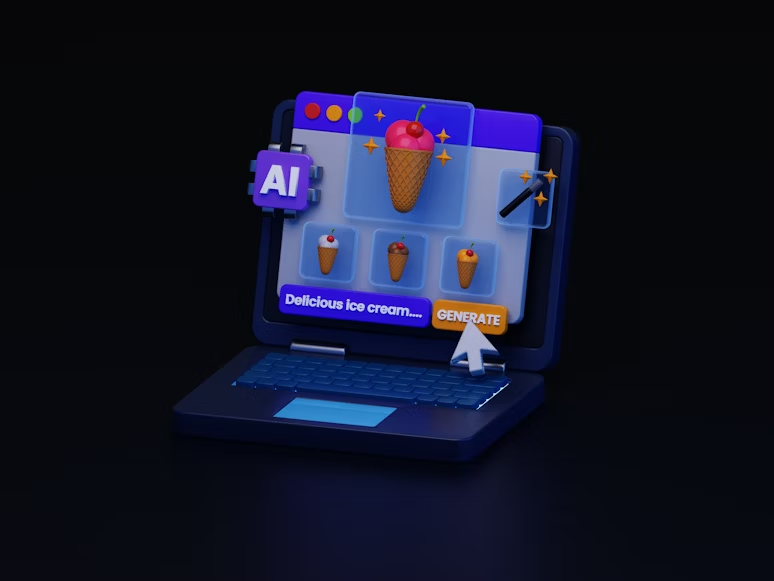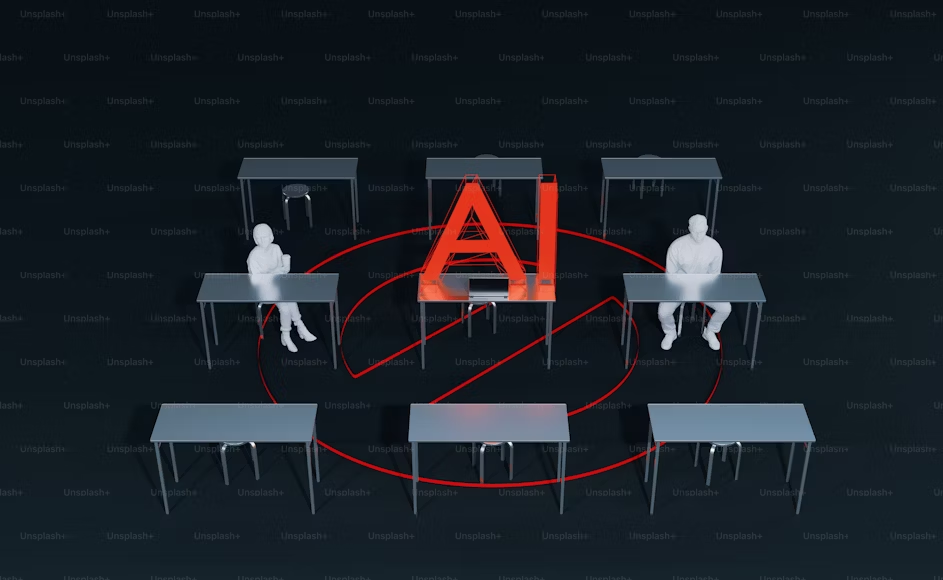This article explores the definition, types, technology, benefits, applications, and future of artificial intelligence chatbots, one of the most revolutionary innovations in artificial intelligence (AI) chatbots that are revolutionising how we interact with websites, applications, and customer service platforms. From answering simple questions to carrying out complex tasks, they are quickly cementing their place as a key component of digital communication in today’s fast-paced digital world.
What is a chatbot?
A software program created to mimic human speech is called a chatbot. It communicates with consumers by voice or text and is frequently integrated into apps, websites, or messaging services like Slack, Facebook Messenger, or WhatsApp. Chatbots interpret and react to customer enquiries using machine learning (ML), natural language processing (NLP), and occasionally artificial intelligence (AI).
Modern ones are far more sophisticated than their predecessors, which used basic command-based programs. They are able to handle complicated requests with ease, comprehend context, and learn from interactions. While some chatbots are rule-based (using preset processes), others are AI-powered, which allows them to get better over time.
History and Evolution of Chatbots
Chatbots have been around since the 1960s. Joseph Weizenbaum created ELIZA, the first known chatbot, at MIT in 1966. ELIZA matched user input to pre-written scripts to simulate human speech. It was later advanced by PARRY, which was developed in 1972 and tried to mimic a patient with schizophrenia.
In the 2000s, they started to show up in customer service platforms. Bots like Google Assistant, Amazon’s Alexa, and Apple’s Siri transformed personal digital help as AI and machine learning gained traction in the 2010s, which provide intelligent, real-time support and automation, are already interwoven into practically every business.
Types of Chatbots

Two major categories can be used to classify chatbots:
1. Rule-Based Chatbots
These bots follow preset scripts and rules to function. They are perfect for responding to frequently asked questions or managing repetitive queries since they follow a flowchart-like pattern. They have poor conversational skills and don’t learn from mistakes.
2. AI-Powered Chatbots
These bots comprehend user intent, context, and emotions by utilising AI, NLP, and ML. They are able to have lively discussions, respond to intricate questions, and get better every time they participate. Google Assistant, Alexa, and ChatGPT are a few examples.
How Chatbots Work
Chatbots rely on a combination of technologies:
Natural Language Processing (NLP): The chatbot can comprehend and interpret user language thanks to natural language processing, or NLP.
Machine Learning (ML): Over time, bots get better at responding by learning from data.
Dialogue Management: Dialogue management determines the direction and flow of the discussion.
APIs & Integrations: To retrieve or transmit data, bots might connect to databases, CRMs, or outside services.
This is how a normal conversation goes:
1. A user uses chat to ask a query.
2. NLP is used by the chatbot to process the query.
3. It looks for a pertinent response in its database or routines.
4. It responds with a suitable answer.
5. A human agent is notified if the bot is unable to respond.
Benefits of Chatbots
Businesses and users can profit from it in several ways.
1. 24/7 Availability
Sleep is not necessary for chatbots, in contrast to human agents. They provide 24/7 assistance, which raises client satisfaction.
2. Cost Efficiency
By using it to automate customer care, huge support teams are not as necessary, which lowers operating costs.
3. Instant Response
Chatbots offer prompt responses, cutting down on lengthy wait times and enhancing user satisfaction.
4. Scalability
Because it can manage hundreds of chats at once, a single chatbot is perfect for situations with a lot of traffic.
5. Personalization
Because AI chatbots can recall user preferences, discussions become more relevant and personalised.
6. Data Collection & Insights
Businesses can better understand customer behaviour and enhance services by using it to collect user data during encounters.
Use Cases of Chatbots
Numerous sectors employ chatbots for a range of objectives:
1. Customer Support
Chatbots for customer support respond to frequently asked questions, diagnose difficulties, and refer complicated situations to human agents.
2. E-Commerce
Chatbots help with order tracking, payment support, and product recommendations when people purchase online.
3. Healthcare
Healthcare chatbots assist with appointment scheduling, medical information provision, and even conversational mental health support.
4. Banking & Finance
Bots help with financial advice, fraud alerts, transaction history, and balance enquiries.
5. Education
Education chatbots act as online teachers, providing learning materials, reminding students, and responding to their enquiries.
Limitations of Chatbots
Chatbots have certain drawbacks despite their many benefits:
Lack of Emotional Intelligence: Bots may have trouble interpreting sarcasm or emotions.

Complex Query Handling: When requested to complete intricate or multi-layered jobs, they could struggle.
Language and Accent Barriers: Voice bots occasionally misunderstand speech, particularly when it comes to a variety of accents.
Dependency on Data: In order to learn and grow, AI bots require large datasets, which might be resource-intensive.
Future of Chatbots
Chatbots have a bright and exciting future ahead of them. Bots will converse increasingly like humans as AI and NLP technologies develop. Keep an eye on the following trends:
1. Conversational AI
Chatbots will develop into complete virtual assistants that can carry on organic, multi-turn discussions.
2. Voice-Enabled Bots
Voice chatbots will become commonplace, facilitating quicker and easier communication.
3. Emotion Recognition
More sophisticated bots might be able to recognise emotions in voice or text and react sympathetically.
4. Integration with IoT
Users will be able to control household appliances via chat thanks to chatbots that communicate with smart devices.
5. Multilingual Support
Language obstacles in worldwide customer service will be eliminated as bots become multilingual.
Ethical Considerations
As chatbots become more common, moral dilemmas emerge:
Privacy Concerns: Bots gather information during chats, which raises privacy concerns for users.
Transparency: When interacting with a bot, users should be made aware of it.
Bias and Fairness: Bots that have been educated on biased data may inadvertently discriminate or provide false information.
·
Companies need to make sure that their chatbot implementations abide by data protection regulations and ethical norms.




